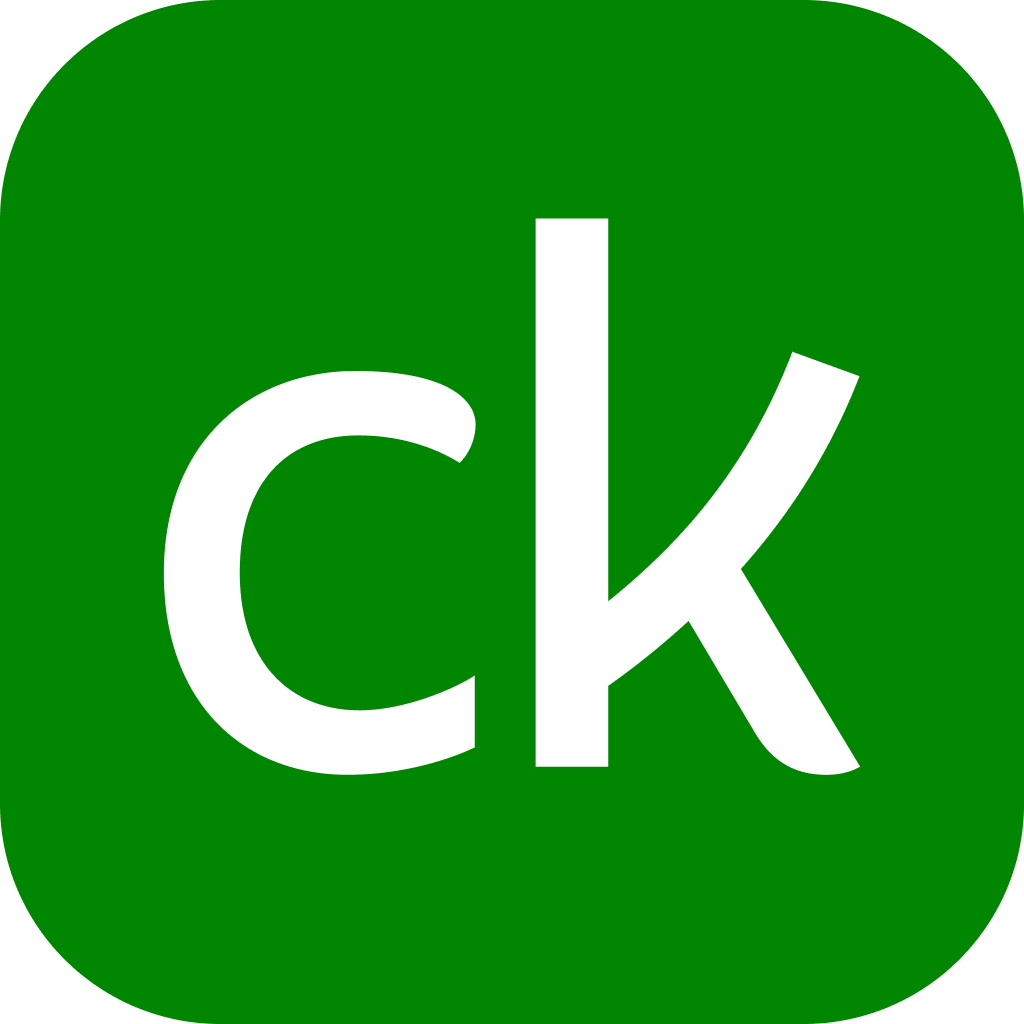In a Nutshell
A home equity line of credit, or HELOC, gives you flexibility to borrow against the equity in your home to pay for anything from home improvement projects or medical bills to other large expenses. We've rounded up our picks of the best HELOC lenders with characteristics such as a wide range of loan amounts, rewards, rate discounts, fixed-rate options and other features that can help homeowners.This offer is no longer available on our site: Aven Home Equity Credit Card
A HELOC is a revolving line of credit that allows you to tap into your home equity and get cash to cover expenses like home improvements, tuition or medical bills.
We’ve rounded up our picks for the best HELOC lenders to help you find one that fits with your situation.
- Best for rewards: Aven Home Equity Credit Card
- Best for potential rate discounts: Bank of America
- Best for small loan amounts: Citizens Bank
- Best for military members: Navy Federal Credit Union
- Best for a range of loan amounts: PNC
- Best for low rates: Third Federal Savings & Loan
- How does a HELOC work?
- How do you get a HELOC?
- Is there a better option than a HELOC?
- Our methodology: How we picked these HELOCs
Best for rewards: Aven Home Equity Credit Card
Why Aven Home Equity Credit Card stands out: Aven Home Equity Credit Card is a credit card secured by the equity in your home, giving you the flexibility of a traditional credit card and the lower rates of a HELOC. Every time you use your card to make a purchase, you earn 2% cash back.
Aven doesn’t charge many common closing fees. But this lender does charge late, balance transfer and cash-out fees. You can complete the entire application process, including loan closing, online.
| Availability | Not available in Hawaii, Indiana, Massachusetts, Missouri, Nevada, New York, Utah |
| Credit requirements | 620 FICO; 620 VantageScore |
| Notable feature | Built-in tools to help prevent overspending |
Read more about the Aven Home Equity Credit Card.
Best for potential rate discounts: Bank of America
Why Bank of America stands out: When you get a HELOC from Bank of America, you could be eligible for autopay, initial withdrawal and Preferred Rewards member discounts. Loan amounts typically range from $25,000 to $1 million, though you may be able to borrow less depending on where you live.
The bank also offers a special introductory rate for the first six months your credit line is open. Bank of America doesn’t charge application, closing or annual fees, and you can access your funds by check, phone, online banking or at one of the bank’s financial centers.
| Availability | Nationwide |
| Credit requirements | Not disclosed |
| Notable feature | Fixed-rate option available with no conversion fees |
Read more about Bank of America HELOCs.
Best for small loan amounts: Citizens Bank
Why Citizens Bank stands out: With Citizen Bank’s Goal Builder HELOC, you can access loan amounts as little as $5,000. There are no application fees or closing costs, and the bank waives the $50 annual fee the first year your account is open or if you meet certain other requirements.
Citizens Bank offers the ability to prequalify, so you can check your estimated loan amount and interest rate with no impact to your credit scores.
| Availability | 30 states in the Northeast, Southeast, Mid-Atlantic and Midwest |
| Credit requirements | Not disclosed |
| Notable feature | Potential to close in as little as seven days and get access to your funds in as little as two weeks |
Read more about Citizens Bank HELOCs.
Best for military members: Navy Federal Credit Union
Why Navy Federal stands out: Navy Federal has been serving military members and their families since 1933. The lender offers HELOCs ranging from $10,000 to $500,000, in amounts up to 95% of your home’s value.
The credit union doesn’t charge some common fees, but you may have to pay closing costs.
| Availability | Nationwide |
| Credit requirements | Not disclosed |
| Notable feature | 20-year draw period followed by 20-year repayment period |
Read more about Navy Federal HELOCs.
Best for a wide range of loan amounts: PNC
Why PNC stands out: PNC offers HELOCs in amounts up to $1 million with a loan-to-value ratio (LTV) of 80% to 89.9%, depending where you live. You can get a rate discount of 0.25% when you sign up for autopay from an eligible PNC checking account.
The bank does charge an annual fee for HELOC accounts, and you’ll have to repay part of closing costs if you close your credit line within 36 months of opening it.
| Availability | Not available in Alaska, Hawaii, Louisiana, Mississippi, Nevada or South Dakota |
| Credit requirements | Not disclosed |
| Notable feature | Fixed-rate option available |
Read more about PNC HELOCs.
Best for low rates: Third Federal Savings & Loan
Why Third Federal stands out: Third Federal guarantees to beat a competitor’s rate or pay you $1,000 through its lowest rate guarantee program if you qualify. It doesn’t charge origination fees, application fees, prepayment penalties or closing costs, though it does charge an annual fee.
The lender offers HELOCs ranging from $10,000 to $300,000 — up to an LTV of 80%, depending on the loan amount.
| Availability | Not available in all states — offered mostly in West Coast, East Coast and Midwest states. |
| Credit requirements | Not disclosed |
| Notable feature | No minimum draw requirements |
Read more about Third Federal HELOCs.
How does a HELOC work?
Unlike an installment loan that you get in a single lump sum, a HELOC lets you borrow money — up to your credit limit — repeatedly. Because a HELOC is secured by your home, interest rates are typically lower than what you’d pay with a personal loan or credit card. But keep in mind that HELOCs usually have variable interest rates, meaning they can fluctuate over time along with changes in the market.
With a HELOC, you’ll have what’s called a draw period. You’ll be allowed to withdraw funds during this time. Once your draw period is over, you’ll need to repay the remaining amount over a period of time, also called the repayment period. An example of this would be a 10 year draw period followed by a 20 year repayment period.
How do you get a HELOC?
Requirements vary by lender, but keep these general guidelines in mind when starting the process of getting a HELOC.
- Equity in your home — Typically, lenders require you to have 15% to 20% equity in your home to be approved for a HELOC.
- DTI — Your debt-to-income ratio, or DTI ratio, should generally be less than 50% to qualify for a HELOC.
- Credit score — This varies from lender to lender, but you may need a credit score of 680 or higher to qualify for a HELOC. You may be able to find lenders that allow lower credit scores, but keep in mind that the rates and terms may be less favorable as a result.
If you meet these requirements for a HELOC, make sure to shop around first before applying for a HELOC to find the best rates and terms for you. Prequalifying can help you get an idea of what you may be approved for.
Once you’ve decided on a lender, you can apply for your HELOC. You’ll likely need to have information on your home and income handy to apply. Once your application has been approved, it can take anywhere from a few days to several weeks to close on your HELOC. You may need to get your home appraised as well.
Be aware of the upfront costs often needed to get a HELOC, like application and appraisal fees as well as closing costs. Some lenders may not require an appraisal and some may cover some or all of your closing costs.
Is there a better option than a HELOC?
It depends on how you plan to use the money. Here are a few other options to consider if you need extra cash to pay for expenses.
Home equity loan
A home equity loan also lets you get cash to pay for home improvements or other expenses by borrowing against the equity you’ve built in your home. Sometimes called a second mortgage, home equity loans are paid out in a lump sum.
Keep in mind that you won’t be able to borrow money repeatedly to pay for ongoing expenses like you can with a HELOC.
Cash-out refinance
With a cash-out refinance, you replace your existing mortgage with a new, larger loan and keep the difference in cash to use. You’ll only have one loan to repay instead of two, but you should typically only explore this option if you can get a lower interest rate on your primary mortgage. You’ll usually have to pay closing costs again.
Personal loan
Since personal loans are often unsecured, they typically have higher interest rates than HELOCs. They are paid out in a lump sum, so you won’t be able to borrow repeatedly.
But they may come in smaller loan amounts than HELOCs, so they could be a good option for smaller, one-time expenses.
Our methodology: How we picked these HELOCs
We reviewed more than a dozen HELOC lenders to come up with our top picks. We considered factors such as availability, rate discounts, rewards, loan amounts, funding options, application process, fees and other features that may be attractive to someone considering a HELOC.



